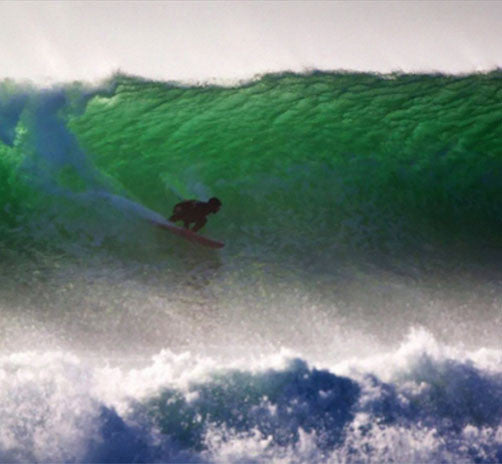We all know how to recycle. It’s common sense: extract from our waste that which can be used again. It applies to the very basics - glass, tin, paper etc and it is widely used, although not enough, in South Africa.
Yet sometimes and somehow, the terms and concepts behind recycling get a little bit muddled and convoluted, and turned around into snippets of snobbish conversation amongst unadventurous bourgeois with little understanding of the basics.
This totally misses the point.
Recycling, and all the other waste management processes are everyman projects. They are perfect examples of how each and every single one of us can make a difference, and keep waste away from the landfills.
Here, for your information, are the basic concepts of waste management.
Fresh in-store advertising banners being converted into bag lining in the Sealand cutting/material department.
Reduce. Reuse. Recycle
We see it often enough, ironically on the plastic bags that we get from shopping centers to carry our groceries.
Reduce – is the most obvious, and is simply to buy less and to use less of something that you need. Make it go further, stretch it, use less.
Reuse – when elements of a discarded item or even the entire item, can be used again. Such as the plastic bags mentioned earlier from the supermarkets.
Recycle – the process to change waste items into potentially useful materials, and thus possibly reduce the consumption of fresh raw materials.


Within recycling we get:
Upcycling – the process of converting old or waste materials into new value products. This process requires nothing more that imagination, and hard work. Upcycling encourages people to think of different ways to utilize their waste, instead of simply buying new consumer goods, and thus keeping it away from the landfills.
Downcycling – the opposite of upcycling, downcycling involves converting once-valuable products into low value raw materials. A good example is creating recycled printing paper from old newspapers.
At Sealand, we utilize a variety of upcycled materials which are briefly described under Sealand Values.
Mike and Jasper, the people behind www.sealandgear.com have based the company on upcycling, using sailcloth, stretch tents, advertising billboards, and truck tarps amongst other material to manufacture their beautiful and top end product.
Utilizing this waste product in such a way, no two items will be alike, and in today’s society it’s cool to be unique.

The BETTIE speaks a language of sophisticated style combined with usable functionality. The overall form is refined to a clean look, with a subtle contrast between the smooth Truck Tarpaulin base and the matte, Bedouin Stretch upper. The visually clean exterior is contrasted with a variety of patterns and prints that were previously hanging up as advertising banners, however now emphasizes the bags interior that no other will have.





